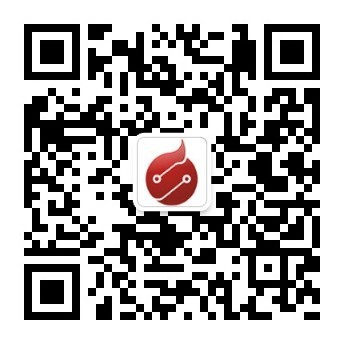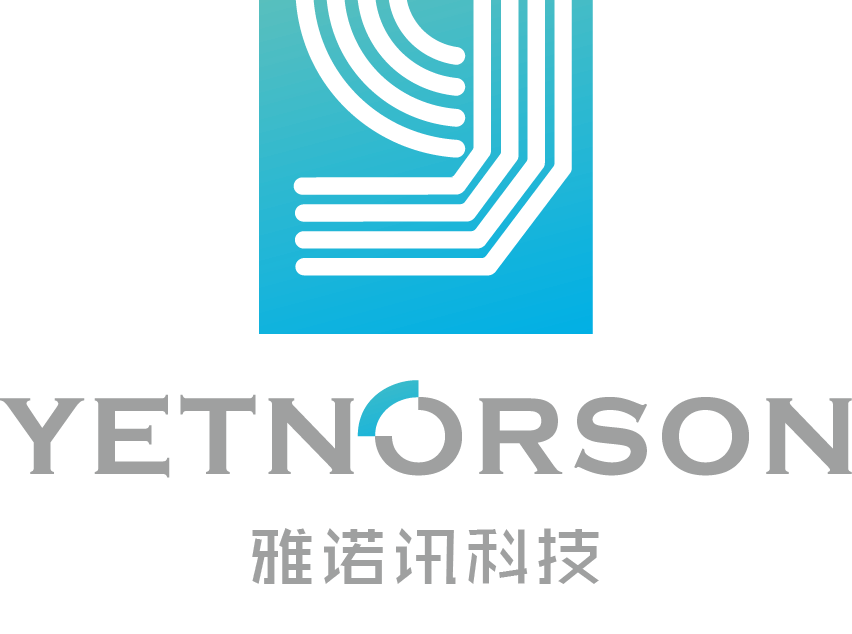'+ data.data.username +' '; dom + ='
In many cases, in order to reduce the space occupied by the antenna, we often need to reduce the size of the antenna. So how can the antenna still accurately resonate when the antenna size is reduced? This is the issue we discuss below.
An antenna shorter than a quarter wavelength multiple is capacitive. This is because it does not generate resonance and its combined phase relationship between current and voltage is very similar to that of a capacitive circuit. Then, we can add an inductor to the antenna to make the antenna resonate. Figure 1 is a dipole antenna. The two arms of the antenna are less than 1/4 wavelength. At this time, we can connect an inductor to the two arms to make the antenna resonate. It is better to install these two inductors about a few centimeters away from the terminal of the antenna than at both ends of the arm. The size of the inductor can be obtained by experimental methods. For example, we can obtain a suitable amount of installed inductance by testing the antenna's standing wave ratio. 
A half-wavelength wire is wound into a spiral, and its effect is almost the same as a quarter-wavelength antenna. This design is called a spiral antenna. Because this kind of antenna can rarely find a matching transmission cable, this kind of antenna is mostly used in devices that do not require transmission cables, such as mobile phones and handheld wireless walkie-talkies.
Usually we call 1/4 wavelength antenna as whip antenna. This antenna is also the most commonly used antenna for some small wireless transceiver devices. In practical applications, due to the volume limitation, the length of the antenna is always made less than 1/4 wavelength, so you need to add an inductor to the antenna. There are three loading methods for the inductor: 1. bottom loading, 2. middle loading, 3. Top loading, as shown in Figure 2. Each loading method has its advantages and disadvantages. From the mechanical point of view, bottom loading is the most ideal, but the radiation resistance of this loading method is very low and because most of the energy is radiated from the loading coil, the efficiency is relatively low. The radiation resistance loaded in the middle will increase, but in this case, a larger inductance is required to generate resonance. The more upward the loading position, the greater the inductance required. Top-loaded antennas are rare, because heavy inductors make the entire structure bulky and the mechanical strength of the antenna is difficult to guarantee. From various factors, the antenna loaded in the middle is the best.
The whip antenna installed vertically can only receive vertically polarized waves, but sometimes we can make the 1/4 broadcast antenna into a combined structure antenna combining vertical and horizontal. That is, it can receive both vertically polarized waves and horizontally polarized waves. In this case, we can make the length of the vertical part greater than 1/4 wavelength to make the antenna inductive, and then use a The cross-shaped wire and the vertical part form a capacitor to resonate the antenna. The structure of this antenna is shown in Figure 3.

Follow WeChat

Download Audiophile APP

Follow the audiophile class
related suggestion
'+ data.data.username +' '; dom + ='
June 28, 2024
Mail an Lieferanten
June 28, 2024
Kontakten

Send Inquiry
CATEGORIES

Privacy statement: Your privacy is very important to Us. Our company promises not to disclose your personal information to any external company with out your explicit permission.

Fill in more information so that we can get in touch with you faster
Privacy statement: Your privacy is very important to Us. Our company promises not to disclose your personal information to any external company with out your explicit permission.

